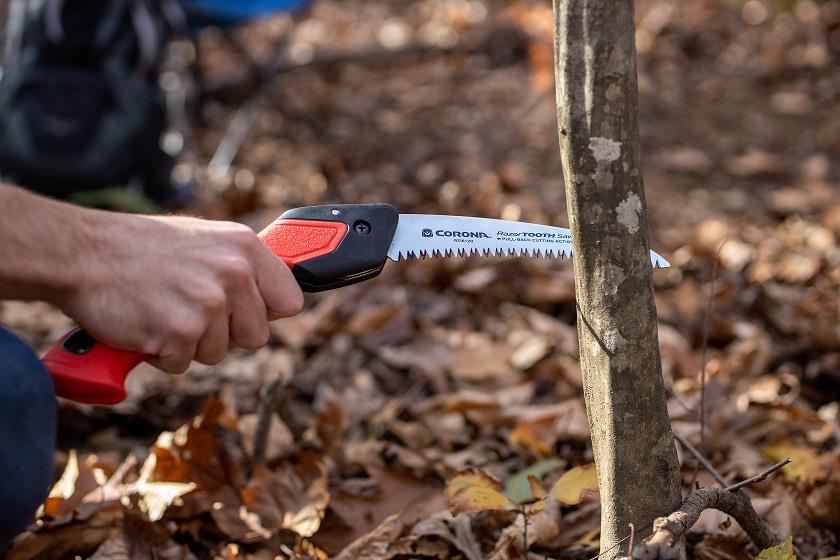30 Aug Fall Landscape Care to Keep Plants and Pollinators Healthy
Melinda Myers
Melinda Myers has written more than 20 gardening books, including Small Space Gardening. She hosts The Great Courses ‘How to Grow Anything: Food Gardening for Everyone’ DVD set and the nationally syndicated Melinda’s Garden Moment TV & radio segments. Myers is a columnist and contributing editor for Birds & Blooms magazine and was commissioned by AAS for her expertise to write this article. Myers’ web site is www.melindamyers.com.
Photo credit: Longfield Gardens
Fall Landscape Care to Keep Plants and Pollinators Healthy
by Melinda Myers
As the weather and gardens transition from summer to fall, it is time to adjust your maintenance practices to ensure the health, longevity, and beauty of your landscape. Proper fall care will increase winter survival, support pollinators, and reduce your future workload.

Continue watering as needed. This is especially important for new plantings and moisture-loving plants. Don’t overlook established trees during extended dry periods. Drought conditions stress these key landscape plants, making them more susceptible to life threatening insects and disease.
Leave healthy perennials stand for winter. Many provide homes for pollinators and other beneficial insects and some seeds provide food for songbirds. You’ll enjoy the added texture and motion in your winter garden and the songbirds that stop by to dine.
Do remove diseased plant debris and those infested with plant-damaging insects. Removing these from the garden reduces the source of future infestations which means healthier plants with less pest management required. Contact your local municipality for guidance on disposing of pest infested plant debris.
This is also a good time to remove any small to medium sized dead or diseased branches from shrubs and small trees. A saw, like Corona’s 7-inch RazorTooth folding saw is perfect for this size job. The blade tucks into the handle for safe transport and the smaller size makes it easy to tuck into your tool belt or bucket. Disinfect the blade with rubbing alcohol or a disinfectant spray between cuts when pruning diseased plant material.
Don’t rake leaves to the curb this fall. Put them to use in the garden as mulch on the soil surface to help suppress weeds, conserve moisture, and improve the soil as they decompose. Leaves also provide insulation and winter protection for a variety of beneficial insects and toads.
Continue weeding the garden. Cooler temperatures and a shorter to-do list make it easier to squeeze in more time for this task. Removing unwanted plants from the garden reduces competition with desirable plants for water and nutrients. Eliminating weeds before they set seed means fewer weeds for you to pull next year.
Continue cutting the lawn as long as it continues to grow. Leave clippings on the lawn to add nutrients, moisture, and organic matter to the soil. A season’s worth of clippings is equal to one fertilizer application.
Don’t rake fall leaves off the lawn. Just mow over them as you cut the grass and accomplish two tasks in one. As long as the leaf pieces are the size of a quarter or smaller, they’ll break down, adding organic matter to the soil and not harm the grass. Make a second pass with the mower if needed to cut the leaves down in size.
After your last cut, clean and winterize your mower. Remove and sharpen the blades so you are ready for next season. Consider investing in an extra set of blades so you can change them throughout the mowing season. Sharp blades make a cleaner cut for a better-looking lawn that requires less water and a mower that uses less fuel.
Setting aside a bit of time this Fall to prepare your garden for winter will result in less replacement and pruning of winter damaged plants.
Melinda Myers has written numerous books, including Small Space Gardening. She hosts The Great Courses How to Grow Anything DVD series and the nationally-syndicated Melinda’s Garden Moment TV & radio program. Myers is a columnist and contributing editor for Birds & Blooms magazine and was commissioned by Corona Tools for her expertise to write this article. Myers web site is www.MelindaMyers.com.
Cutline: A seven-inch RazorTooth folding saw is perfect for removing small or medium sized dead or diseased branches from shrubs and small trees in the fall.
Photo credit: Melinda Myers, LLC




Sorry, the comment form is closed at this time.